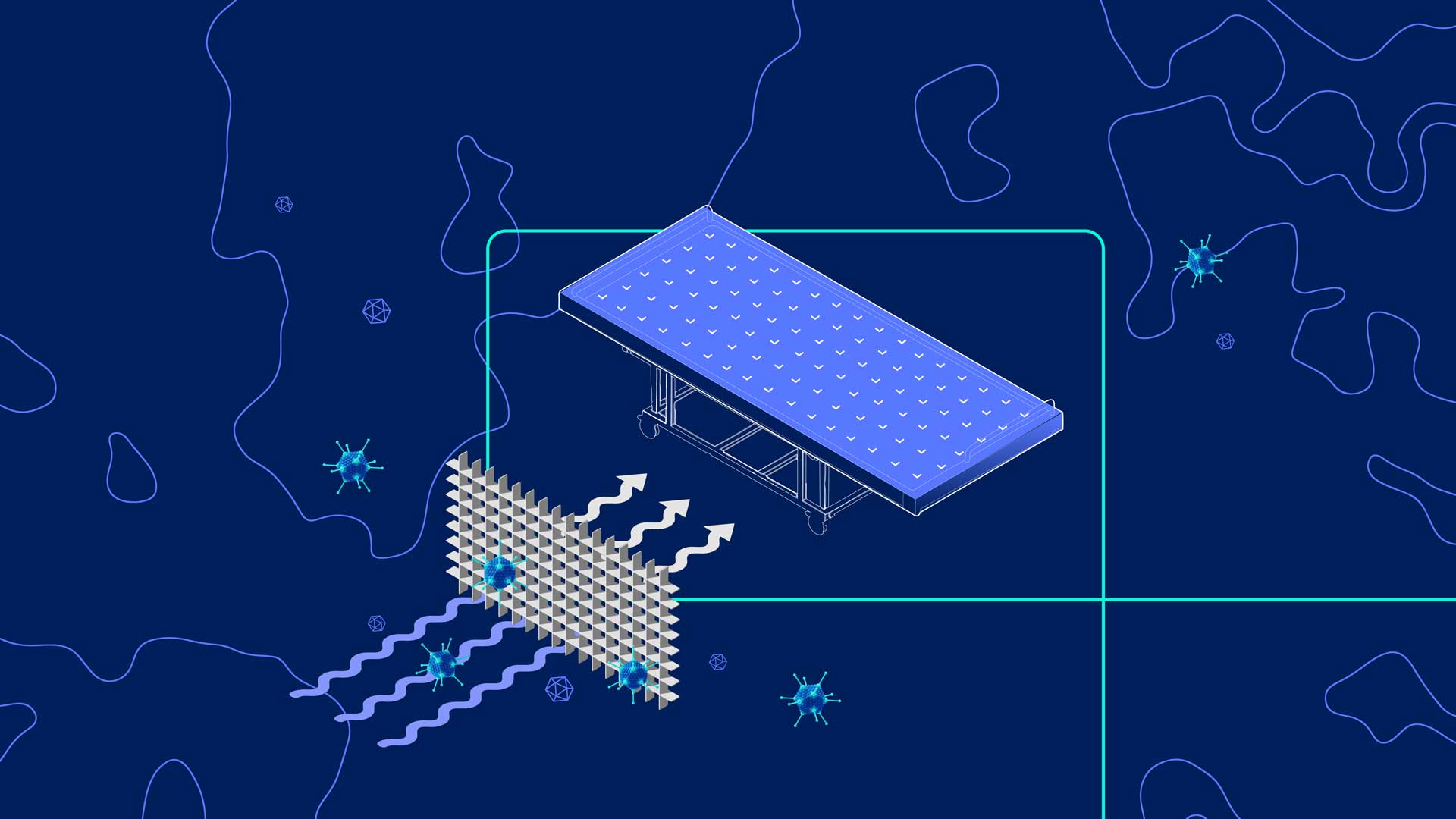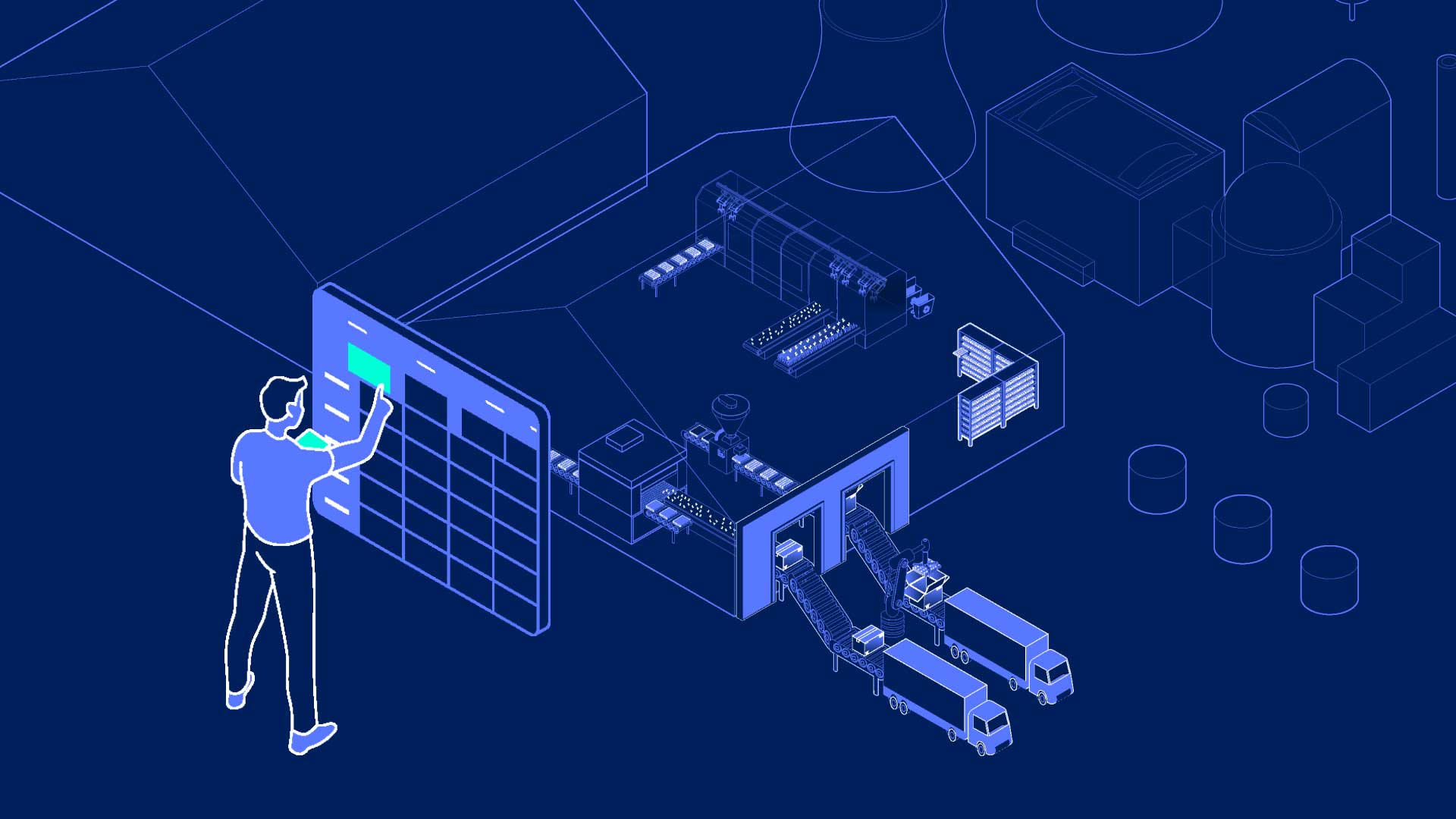Sleigh what?! Could vertical farming really spruce up the Christmas tree industry?
Snow is falling, all around me. Children playing, having fun! It’s the season, love and understanding! Merry Christmas – in a vertical farm?
The Christmas tree has been a firm fixture in many homes across the world since the late 1800s. But, like everything, it’s right to take a step back from this much-loved festive staple and question how environmentally friendly the Christmas tree industry really is. While real trees are (obviously) not made of plastic like their fake counterparts, certain aspects of their growth do come at a cost. The use of fertilisers in pursuit of the “perfect tree”, for instance, can be harmful to the environment through surface run-off, as can be the process of shipping trees across the world for us to have in our homes.
Vertical farming won’t replace traditional Christmas tree farming, but it could work alongside it to help reduce associated emissions. We spoke to IGS’ Head of Science, Tanveer Khan, about how our technology could be used to grow Christmas trees.
Benefits of growing Christmas trees using IGS technology
We’ve worked closely with Forestry and Land Scotland to grow tree seedlings in trials to aid reforestation. The results of the trial have been wholly positive, and similar benefits would apply when growing Christmas trees – which typically include varieties such as Norway Spruce, Douglas Fir, or Scotch Pine – in a vertical farm.
“The main benefits would be speed of growth, germination rate, and reducing (and actually eliminating) potential tree losses,” Tanveer begins.
“Another benefit is scale – we can grow 2.7 million seedlings per year using one 12-metre IGS Growth Tower. Our technology can be used to grow the tree to the point where it’s ready to be grown further (this could be outside using other means, such as a tree nursery or glasshouse). It’s a seven-month procedure to grow a tree seedling in an outdoor nursery. This often comes with losses (as much as 30% at first, and up to 65% in a longer period). Using vertical farming, the process takes less than three months, and we could completely eliminate any losses.”
Using IGS technology to create the perfect Christmas tree
There’s a commonly reinforced stereotype surrounding the perfect Christmas tree – tall, slightly slanted branches, with a triangular shape running all the way from the first few needles at the top, to the denser branches at the bottom. The quest for perfection means that growers often have high fertiliser usage and significant wastage as seedlings fail to make the grade. But what if we were to instead use sustainable, planet-friendly technologies to help growers in their search for the perfect tree?
“At the moment, we are trying to branch trees in a vertical farm using different types of light. This is the first time we’ve done this using IGS technology. Previously we’ve grown the main stem and then sent them to be planted in an outdoor tree nursery. With this concept, we can create the perfect Christmas tree inside a Growth Tower, before planting in a more traditional environment,” Tanveer says.
“We mix different lights to stimulate growth. Our trials are still in their early stages, but at the moment light remains one of the main factors for tree growth that we are testing. Once we’ve grown the seedlings to around 30-40cm, we double their growing space to increase stem girth and then move them into a polytunnel to continue their growth.”

Cut transportation costs
“Using IGS technology, Christmas trees can be grown anywhere in the world,” Tanveer continues. “This drastically reduces transport-associated emissions. People want a Douglas fir Christmas tree in warmer countries such as Australia and Brazil, but these need to be grown in a colder climate. Vertical farming means that they can be grown in any climate, located closer to the customer and also minimising the risk of trees dying in transportation.”
“This could be used in tandem with other means of growing, as these seedlings would be transported to a glasshouse to finish their growth before making their way to living rooms nearby. They would get more light in the initial phase of growth through vertical farming technology, however as they get larger, they need a little less (remember Douglas firs are native to colder climates without too much sun), so they could live in a glasshouse. Temperatures could be around 20 degrees, and, if the vertical farm was powered via renewables, these factors could combine to significantly reduce operating costs.”
Growing Christmas trees using IGS technology
Our Growth Towers are used worldwide, using automated vertical farming technology to completely control the growing environment. They come in six, nine or twelve-metre-high configurations and can be deployed anywhere in the world to create the ideal growing environment, year-round.
As vertical farming technology providers, we help everyone from nursery and seed-to-harvest growers, to forestry agencies looking to restore our great natural spaces. If we’re to protect our planet, we need to open our eyes to progressive, sustainable technologies, and we believe vertical farming can be just that. We can grow Christmas trees as part of a hybrid approach in collaboration with traditional means, working to reduce emissions and grow at speed, scale, and sustainability.
Want to learn more about what we do? Download our guide on forestry or get in touch.






.jpg)
